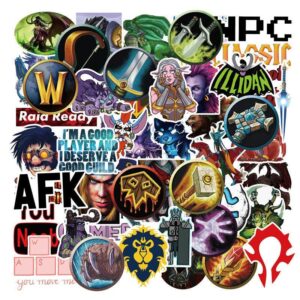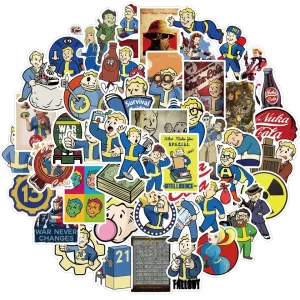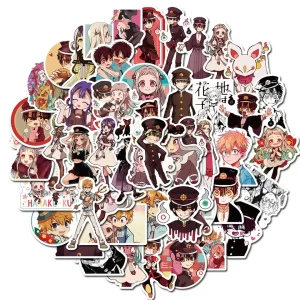This is a Pokemon card.

It’s a small piece of cardboard that fits in your hand. You buy them in little foil packs. It’s been a thing since the nineties, and today it is tearing the world apart.
Seriously, Pokemon cards have become a force to be reckoned with.
If you’ve been on the nerd side of the internet over the last year, you’ve probably heard all this hype in controversy over the Pokemon trading card game.
Everyone and their dog wants Pokemon cards. People are making tons of money off Pokemon cards. Stores are running out of Pokemon cards. Fights break out over Pokemon cards. Stores are no longer selling Pokemon cards. Wait, now they are again.
It’s a lot to keep track of.
As a kid, I was obsessed with Pokemon, but then I fell off around Diamond and Pearl. I wanted to love the series again but couldn’t find my way back into it.
That is until recently.
I stumbled upon my old forgotten Pokemon card collection, started researching, and quickly fell down a deep rabbit hole.

I started learning all about the trading card game history, the different sets, and the different eras. I watched all sorts of really entertaining Pokemon card YouTubers and much more.
Three years later, I’m buried in cardboard squares that I know too much about, and the world of Pokemon has once again wholly consumed my life.
But when I was first getting into the hobby, there was a lot I didn’t understand. And all this insanity going on didn’t make things easier.
So if you want to get into Pokemon cards or know why people are pulling out weapons at their local target over some cardboard, this is your crash course on Pokemon TCG.
We’ll discuss all the things I wish I had known when starting to collect Pokemon cards.
What is Pokemon?
Pokemon is a massive franchise about catching and training powerful creatures that are kind of like animals. But not exactly: you can’t eat them (or at least you’re not supposed to).
Pokemon started with video games and quickly became an anime, a movie, and a toy line. And everything else you can imagine.
The trading cards were first released in Japan in 1996. However, in America, the trading card game didn’t start until 1999. But when it launched, it blew up.
Some kids bought the cards to play the game, but most were like, “Nah, why use these things for their intended purpose when you can just have them?”
These days, people tend to focus more on collecting Pokemon cards rather than playing with them.
So that’s going to be my main focus today. Absolute basics.
Pokemon Card Scenes
In the world of Pokemon cards, there are two different scenes:
- Modern
- Vintage
This is what your typical modern card looks like.
And this is what your typical vintage card looks like.
There are stats and text explaining the cards’ function in the game.
There’s usually an icon indicating what set the card is from.
And of course, there’s a symbol telling you the card’s rarity. Circles are common, diamonds are uncommon, and stars are rare. Some rare cards are all shiny and holographic. And those are the ones people are usually after.

You buy these cards in booster packs, which you can get on their own or in specialty boxes that cost more money, but give you way more packs to open, which provides you with more chances of pulling those holographic cards.
New cards are released in sets every few months, meaning there’s a consistent stream of new stuff to collect, or at least there should be.
All of that is more or less the same for both modern and vintage. But when you get into the nitty-gritty, this is where things start to split off a bit.
Pokemon TCG Popularity
Vintage Pokemon Cards
Most of this current insanity started with the vintage scene. So let’s talk about that first. So you probably saw that Logan Paul did some big Pokemon live streams last year that everyone went nuts over, and you probably also heard some pretty insane numbers being thrown around regarding the value of the cards they were opening.
I’m talking tens of thousands of dollars for individual cards, which is insane but more complicated than it seems.
See, even before Logan Paul, many articles were talking about how your childhood Pokemon collection is worth tons of money.
And sure, vintage cards are worth money, but now we’re hearing that cards are worth hundreds of thousands of dollars. So people are asking how we got here.
1st Edition Charizard

So to use the Logan Paul stream as an example, they were opening a first edition base set booster box.
This was the first run of the first set of Pokemon cards ever released in North America. So naturally, it’s worth a lot of money today.
Especially the Charizard – this Charizard, at the time of writing, has the potential to be worth $400,000.
So if you had that card growing up and held onto it all these years, you might hear that and be running to sell it.
Not so fast, eager beaver. There is a lot more behind that insane price tag.
First, which Charizard did you have growing up? Are you sure it was this one? Or was it one of these?
When I was starting, I would’ve told you these were all the same card, but no, each one is a different card with different values.
These two are reprints indicated by the different set symbols. And while these three are all from the same set, minor differences hugely impact the card’s value.
Mainly this first edition stamp. That one little circle is a massive value driver because people want that first Charizard.
This one is no stamp, so it’s not worth as much, but it’s still worth more than this last card because it doesn’t have this little drop shadow underneath the art.
These are all signs of different print runs of the same set, first edition shadowless and unlimited.
Later sets don’t have the whole shadowless thing going on; it’s only a factor for First Edition Pokemon and Unlimited.
So you’ve narrowed down your collection and know that your childhood Charizard is a first edition shadowless base set card.
Awesome.
That’s a pretty valuable card there, but how’s the condition? Did some baby crumple up a $400,000 card and put it in their pocket on the playground when they were younger? Condition is important.
A damaged card isn’t worth as much, but even if your Charizard is in mint condition, it’s still not worth the $400,000 price tag you keep hearing about. Not even close.
This one is.
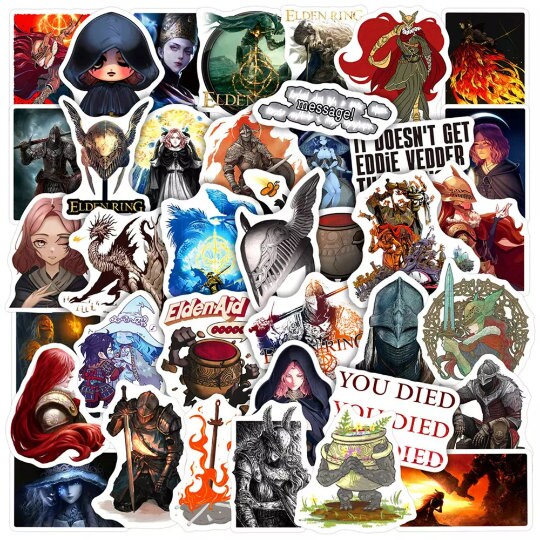
If you love video games, make sure you check out our custom video game sticker packs!
Card Grading
In the trading card world, grading services will take your cards, authenticate them, examine them from every possible angle, and rate the cards’ condition with a score out of 10.
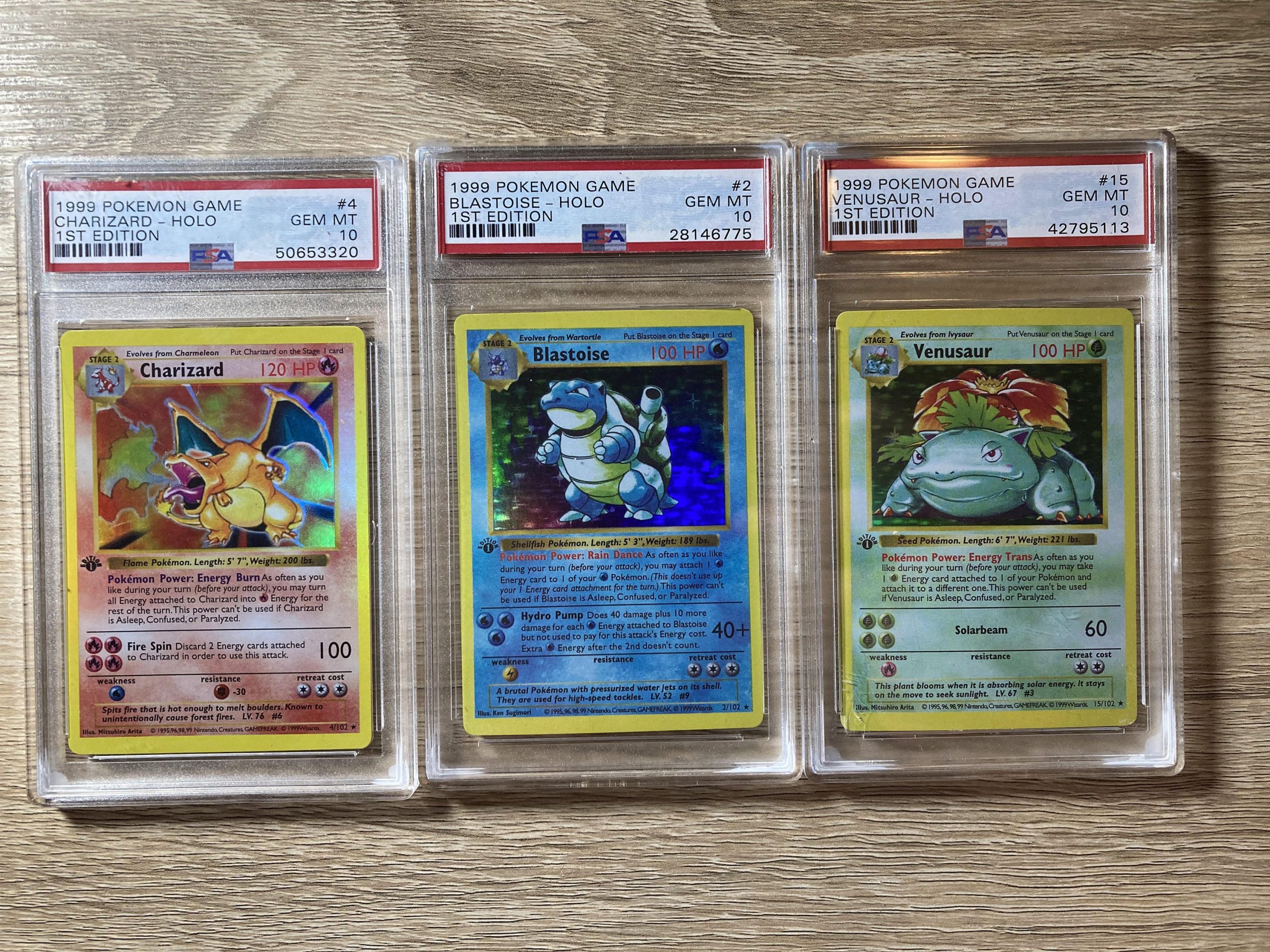
They look at the front of the card, the back of the card, the surfaces, corners, and edges. They’re looking for bends, tears, dense spots, and whitening. They even check how the card was cut in the factory to ensure all the borders are even. Then they take the card pop it in a slab, slap a label on it with their final score and ship it back to you.
If your card passes the test with flying colors, you might get a perfect gem mint, 10/10 grading.
Only at that point would your first edition shadowless base set holographic Charizard be worth the $400,000 you heard about.
Tens are hard to get from any grading service. Even with cards pulled straight from a pack – so much about your card has to be flawless, especially stuff you have no control over.
And ever since this whole trading card boom started, the grading has gotten more strict. So it’s far more likely that even a mint condition card could come back with an eight or a nine, dramatically decreasing the value.
It’s still worth a lot of money. Don’t get me wrong, but it’s not the number you were sold on.
Plus, you have to find a buyer, which would be a hassle. Also, it costs money to get a card graded. So that’s a factor too. And because the more prominent grading services are so backed up from everyone suddenly sending in every card they’ve ever owned – if you decide to get that card graded, you’ll probably pay hundreds of dollars and might not see that card again for nine months.
You could have a child in the time it takes you to get your precious Charizard back.
That’s much more involved than the headlines like to make it sound. Unfortunately, most folks have no clue about all of this.
Now you have that Charizard or any vintage card sitting around somewhere, and you don’t plan on getting them graded. In that case, the best thing to do is put them in protective sleeves to keep them safe. Now check websites like TCG player and look at their prices for moderately played, lightly played, and near-mint cards. That is a far better gauge of what your cards are worth.
Sending a card off to be graded is a gamble. Every step of this process is a gamble. Buying a booster box is a total shot in the dark.
I’m not saying you shouldn’t try it if you want to. On the contrary, grading is fascinating, and examining card conditions is fun.
Plus, you can quickly increase the value of your collection by getting cards graded.
Even if they don’t come back tens, it’s OK to do, especially for stuff you want to keep from getting damaged.
People love to take the value of that rare ten out of ten cards and parade them around as the value of the cards in general. It’s super misleading to someone just getting into the hobby.
I think getting into Pokemon collecting to make money is a losing game.
I’m not talking about investing in Pokemon, keeping card value in mind, or even selling cards.
All that’s fine, but if you just want to make as much money as possible and you don’t really give a crap about the cards, you just aren’t going to have fun.
The only way you can reliably make money off Pokemon cards is to like resell on open products, which brings us to the modern scene.

Modern Pokemon Cards
So the basics of the modern Pokemon scene are very similar to the vintage stuff. But unlike the old sets, modern card packs also come with these code cards that unlock free booster packs for the online trading card game.
They also indicate if your pack has a holo card or not.
Green ones usually mean you’ll get an ordinary non-holo rare, but packs with white and green ones usually have a holo or better (yes, Pokemon has evolved so much that there are different tiers of holo).
There are still classic holo cards, but now there are cards that are shiny all over and have more prominent art.
They go by different names depending on the era, but currently, they’re called V cards.
Then you have full art Vs and VMAX cards, which are even shinier and have some added texture. Then there are gold rares, rainbow rares, secret rares, alternate art shinies, full art trainers, amazing rares, and many other cards.
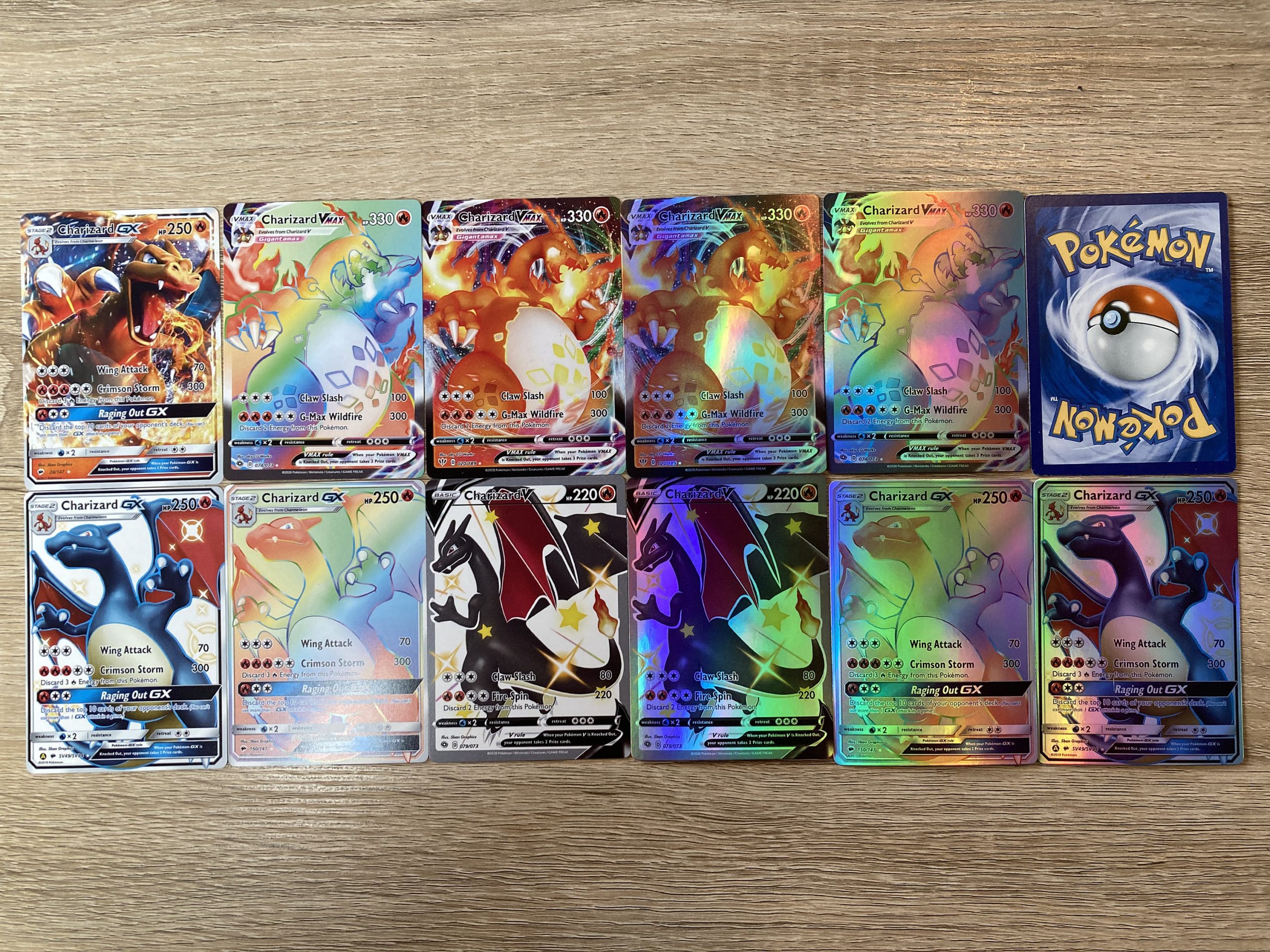
It’s insane, but even more insane than the cards themselves are just trying to find them in the first place.
Pokemon’s having a huge resurgence. People are becoming very aware of how valuable cards can be. And now hardcore Pokemon card collecting has been thrust into the mainstream.
All that, combined with a bunch of people bored in quarantine, has created a massive demand for the hobby.
People want to crack packs and are surprised to find empty shelves at the local Walmart and Target.
In 2021 packs were flying off store shelves faster than they could stock them, leaving casual collectors out of luck. And it’d be one thing if this was just a result of the card game resurging in popularity, but no, these shelves weren’t empty because so many people bought cards to open, collect or play.
Nah, these shelves were empty because people showed up right at the crack of Dawn to buy every single product the stores had so they could sell them on eBay for four times the price.
Seriously.
This was the case for months. Target even started putting limits on how many Pokemon products you could buy in a day.
First, it was limit three, two, then one, then a fight broke out over some sports cards, and a weapon got pulled. So Target was like, screw it. We’re done—no more cards.
That was massive news until they started selling cards again a month later.
This is the world we’ve lived in for the last two years. Insane demand for cards, scalpers emptied store shelves, and the Pokemon company struggled to get more products out during the pandemic.
It’s all left the Pokemon card scene in this weird limbo where it’s more popular than ever, but it’s also the most challenging time to become a fan.
Thankfully, things have gotten a little better over the last few months.
Most people get the vintage craze. Those cards have been out of print for decades. So they’re hard to find and, therefore, more valuable.
It makes sense. Prices are going up, and availability is going down.
But seeing the same thing happen to something released months ago is strange.
The Pokemon card discussion has been hyper-focused on card value and money. The trading card boom has been about it.
Yes, these cards have value, but that’s just one aspect that makes them unique. They’re nostalgic, have a ton of artistry, and appeal to people of all ages.
Getting into Pokemon as an investment is cool, but it’s important to remember that there’s more to them than that. I’m a Pokemon fan again. Great timing. Right?










